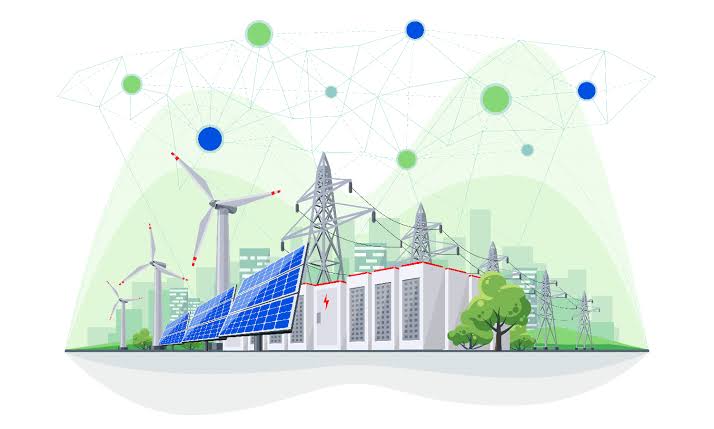Kategori : ELECTRICITY ENERGY NEWS, ENERGY AGENDA NEWS, ENERGY EFFICIENCY NEWS, GREEN TECHNOLOGY AND INFORMATION NEWS - Tarih : 03 February 2020
The efforts to lift our power generation and electrical grid into the 21st century is a multipronged effort. It needs a new generation mix of low-carbon sources that include hydro, renewables and nuclear, ways to capture carbon that don’t cost a zillion dollars, and ways to make the grid smart.
But battery and storage technologies have had a hard time keeping up. And they are critical for any success in a carbon-constrained world that uses intermittent sources like solar and wind, or that worries about resilience in the face of natural disasters and malicious attempts at sabotage.
 This was pressed home this week by the Department of Energy’s decision to build a multimillion dollar electric grid research complex at the Pacific Northwest National Laboratory. And better, larger batteries are a main component of this research.
This was pressed home this week by the Department of Energy’s decision to build a multimillion dollar electric grid research complex at the Pacific Northwest National Laboratory. And better, larger batteries are a main component of this research.
Jud Virden, PNNL Associate Lab Director for energy and environment, noted that it took 40 years to get the current lithium-ion batteries to the current state of technology.
It’s not like we’ve been idle. We just haven’t been wildly successful. Battery technologies do keep getting better. Recently, Jack Goodenough, the inventor of the Li-ion battery, came out with a new fast-charging battery technology using that uses a glass electrode instead of a liquid one, sodium instead of lithium, and may have three times as much energy density as lithium-ion batteries.
And in addition to batteries, we do have other technologies for storing intermittent energy, such thermal energy storage, which allows cooling to be created at night and stored for use the next day during peak times.
At present, the most widely used storage method is pumped hydro storage, which uses surplus electricity to pump water up to a reservoir behind a dam. Later, when demand for energy is high, the stored water is released through turbines in the dam to generate electricity.
Pumped hydro is used in 99% of grid storage today, but there are geologic and environmental constraints on where pumped hydro can be deployed.
We’ve even looked at other gravity-based energy storage systems, like Advanced Rail Energy Storage, that uses surplus wind and solar energy to move millions of pounds of rock uphill in special electric rail cars that roll back downhill, converting this gravitational potential energy to electricity that goes out onto the grid.
But we really need utility-scale chemical battery storage to deal with rapid intermittency in both generation (renewables) and demand (rapid changes in use throughout the commercial day). These need to be very large but very stable and long-lasting.





